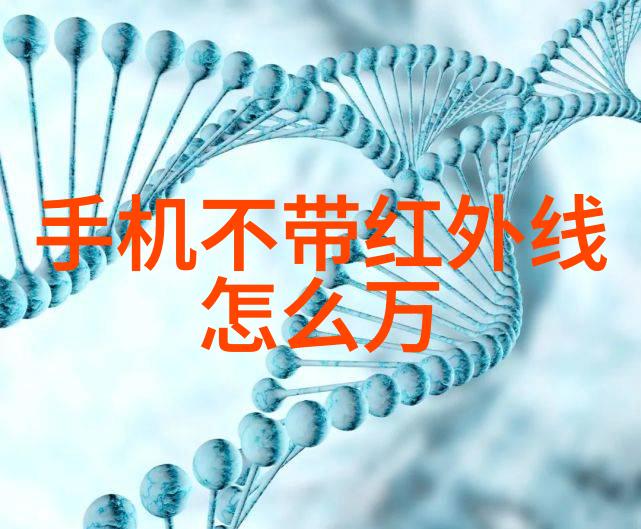
酸性废气从污染源到清新空气的逆袭
酸性废气:从污染源到清新空气的逆袭

在工业化进程中,酸性废气成为不可忽视的环境问题。它们不仅影响周围的生态平衡,还对人类健康构成威胁。本文将探讨对酸性废气处理方法,并揭示其背后的科学原理。
一、酸性废气的定义与危害

首先,我们需要了解什么是酸性废气,以及它为什么会成为一个严峻的问题。简单来说,acidic gases refer to those that have a pH value less than 7, which is the neutral point of water. They are produced by various industrial processes, such as chemical manufacturing, oil refining, and waste incineration.
Acidic gases pose significant threats to both human health and the environment. Inhaling acidic gases can cause respiratory problems like bronchitis and asthma. Moreover, they contribute to acid rain when released into the atmosphere. Acid rain damages crops, buildings, monuments and even aquatic ecosystems.

二、处理方法概述
To combat these issues effectively, we need a comprehensive approach that includes prevention strategies as well as treatment methods for existing pollution sources.

2.1 预防措施
Prevention is always better than cure in this case. The best way to handle acidic gases is not producing them in the first place.

Process optimization: Improving industrial processes can reduce emissions at source.
Clean technologies: Investing in cleaner production technologies can significantly lower gas emissions.
Emission standards: Strict regulations on emission levels ensure companies adhere to environmental norms.
2.2 处理技术
When prevention isn't possible or practical due to economic or technical constraints (which often happens), then it's time for remediation measures:
2.2.1 废gas捕集和控制系统(FGD)
Flue Gas Desulfurization (FGD) systems are widely used across industries for controlling sulfur dioxide emissions from flue gas streams before they're released into the atmosphere.
These systems use alkaline reagents like lime or limestone slurries which react with sulfur dioxide (SO2) present in flue gas converting it into solid calcium sulfite precipitates or gypsum powder.
2.2.2 氧化还原法(Wet Oxidation Process)
This method involves injecting air/oxygen-rich fluids into hot exhaust gases containing volatile organic compounds (VOCs) under controlled conditions of temperature & pressure within an oxidation reactor where VOCs undergo chemical reactions with oxygen resulting in formation of carbon dioxide & water vapors - harmless components of clean air!
The process takes advantage of thermodynamic principles whereby highly reactive oxygen molecules break down pollutants while minimizing harmful byproducts through careful control over operating parameters during oxidation reaction steps!
In addition there exist numerous other techniques employed based upon specific nature & composition requirements: e.g., adsorption using activated carbons; catalytic converters; scrubbing towers equipped with packed beds filled with appropriate absorbents etcetera...
三、未来展望与挑战
Despite progress made so far against acidic gasses' menace on our planet's wellbeing , future challenges still lie ahead:
Economic costs associated with reducing polluting activities may be high initially but long-term benefits outweigh short-term expenses.
Enforcing strict regulations across different countries requires international cooperation efforts especially considering global warming implications linked directly back towards climate change mitigation strategies adopted worldwide today!
Researching more effective treatments without generating secondary hazardous wastes could help minimize risks related side effects during implementation phases!
In conclusion although progress has been made towards tackling this pressing issue many obstacles remain before we reach a completely clean environment free from harm caused by these dangerous chemicals! Therefore continued innovation along-side stringent legislation will be essential if we hope achieve sustainable growth without sacrificing Earth’s ecological balance!




